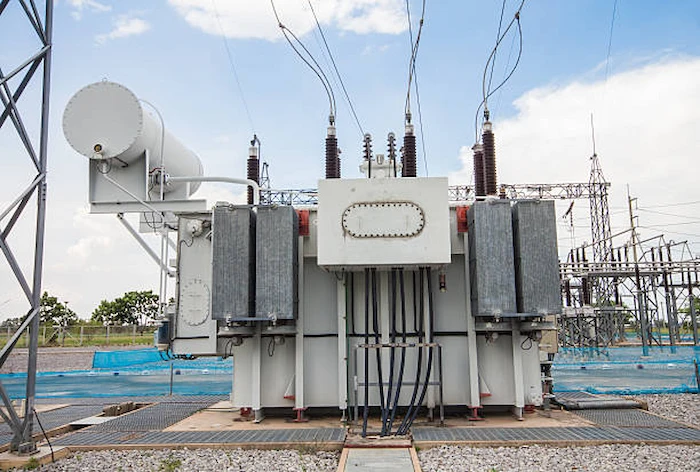Substation transformers have been used as a type of power supply for electric generators and motors. They are capable of converting the alternating current found in power grids to direct current and vice versa. This article will give you some helpful tips on how to choose the right substation transformer for your needs.

Image Source Google
A substation transformer is a device used in electric power systems to change the voltage of AC ( Alternating Current) from one range to another. The transformer can be mounted at a distribution substation, or between the primary and secondary circuits, or at the load side of the power plant. Transformers are used to step up or step down the voltage, as needed.
Types of Substation Transformers
When you are selecting a transformer for your electrical system, it is important to consider the type of transformer you need. There are three main types of transformers: step-up, step-down, and delta. Each has its own benefits and drawbacks.
Step-up transformers are used to increase the voltage of an electrical system. They work by taking power from a lower voltage source and increasing the voltage to a higher level. This makes the electrical equipment in the system use less energy, which can save money on energy bills.
Step-down transformers are used to decrease the voltage of an electrical system. They work by taking power from a higher voltage source and decreasing the voltage to a lower level. This makes the electrical equipment in the system use more energy, which can increase efficiency.
Delta transformers are used when there is not a clearcut voltage preference between two ends of an electrical circuit. Delta transformers take power from one end and output it as both a lower voltage and a higher current. This allows devices in the circuit to operate at their full potential without overloading or damaging them.
